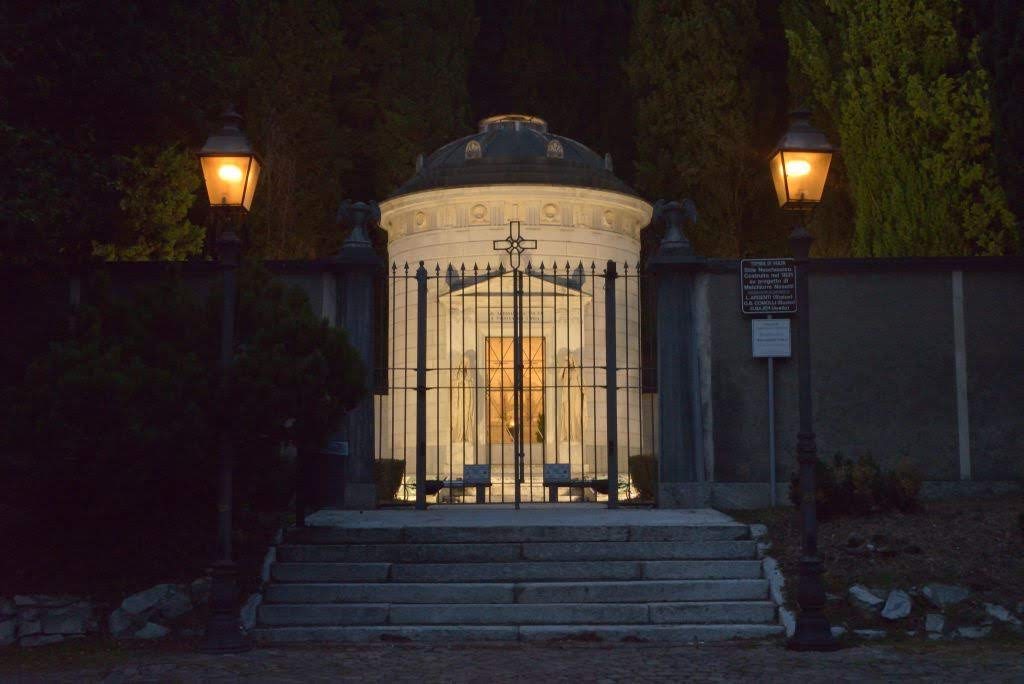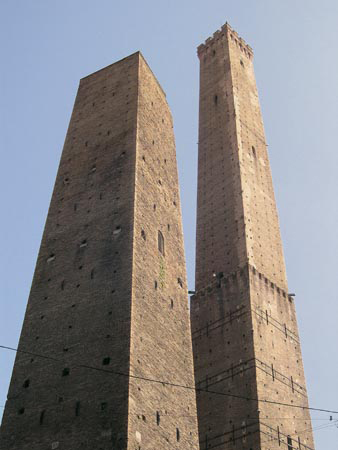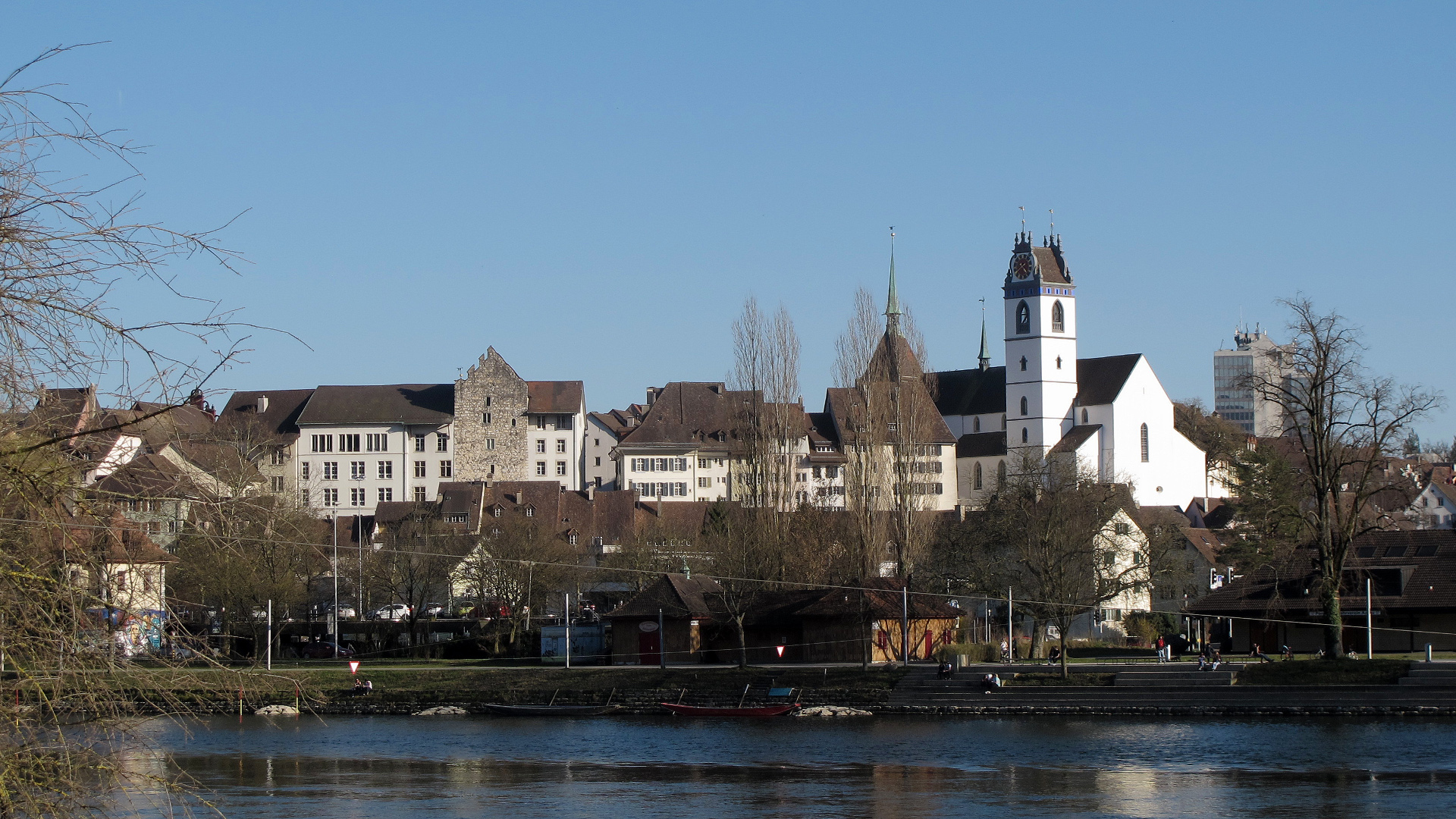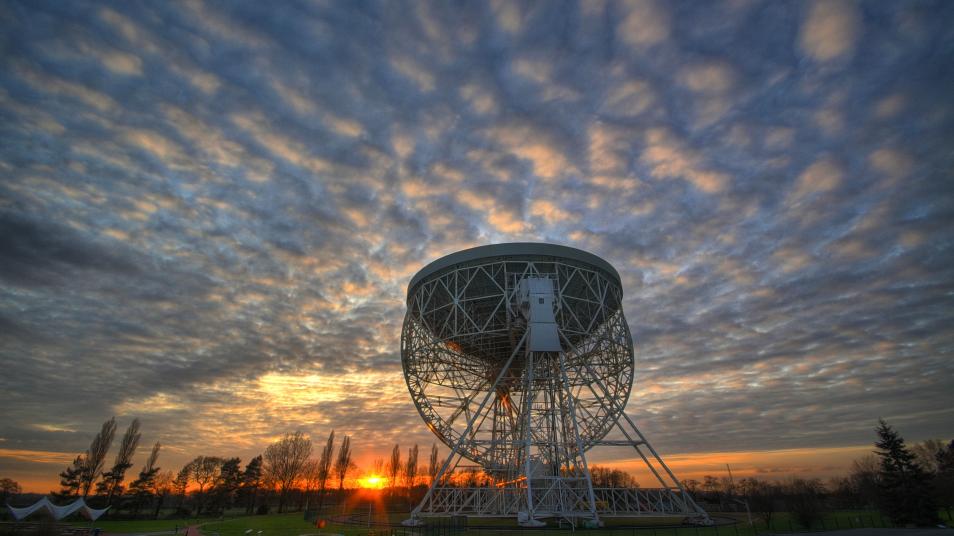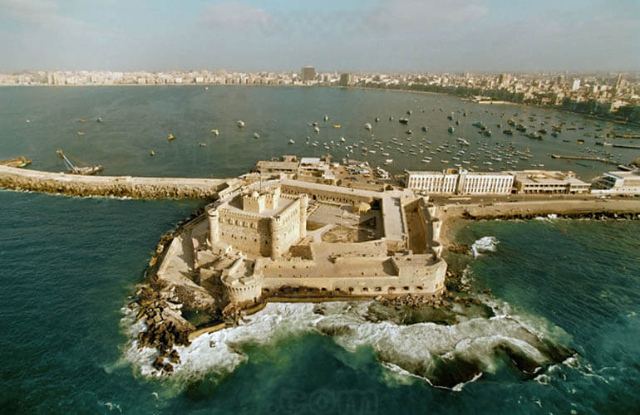In Piazza Duomo, the city’s heart, pause in front of the Elephant Fountain (u liotru, a Catanian distortion of “Eliodorus”), a statue in lava stone designed in 1736 by the architect Giovanni Battista Vaccarini during the reconstruction of the city after the strong earthquake of 1693. There are many stories about this animal. According to some, it is about the life of the noble Eliodorus, who according to legend died burned alive in Catania in 778 accused of witchcraft and who made this elephant with lava from Etna, they say, to ride it to Constantinople. For others, it is the memory of an extinct species of dwarf elephant connected to the myth of the Cyclops, which is set along the coast of Etna. Perhaps, however, the most likely interpretation is that the statue is a historical relic of the Carthaginian domination, which later became a talisman against the eruptions of Etna. Of course, today it is the lucky charm of this city, and therefore the stop in front of this symbol is mandatory. And if you want to set the city before your eyes, here you have the chance: the Uzeda gate opens the city to the sea. Inside the ancient walls of the 1500s, accessible from the top floor of the diocesan museum, there is really one of the rarest sights on domes and baroque palaces, with the profile of Etna and the sea.


